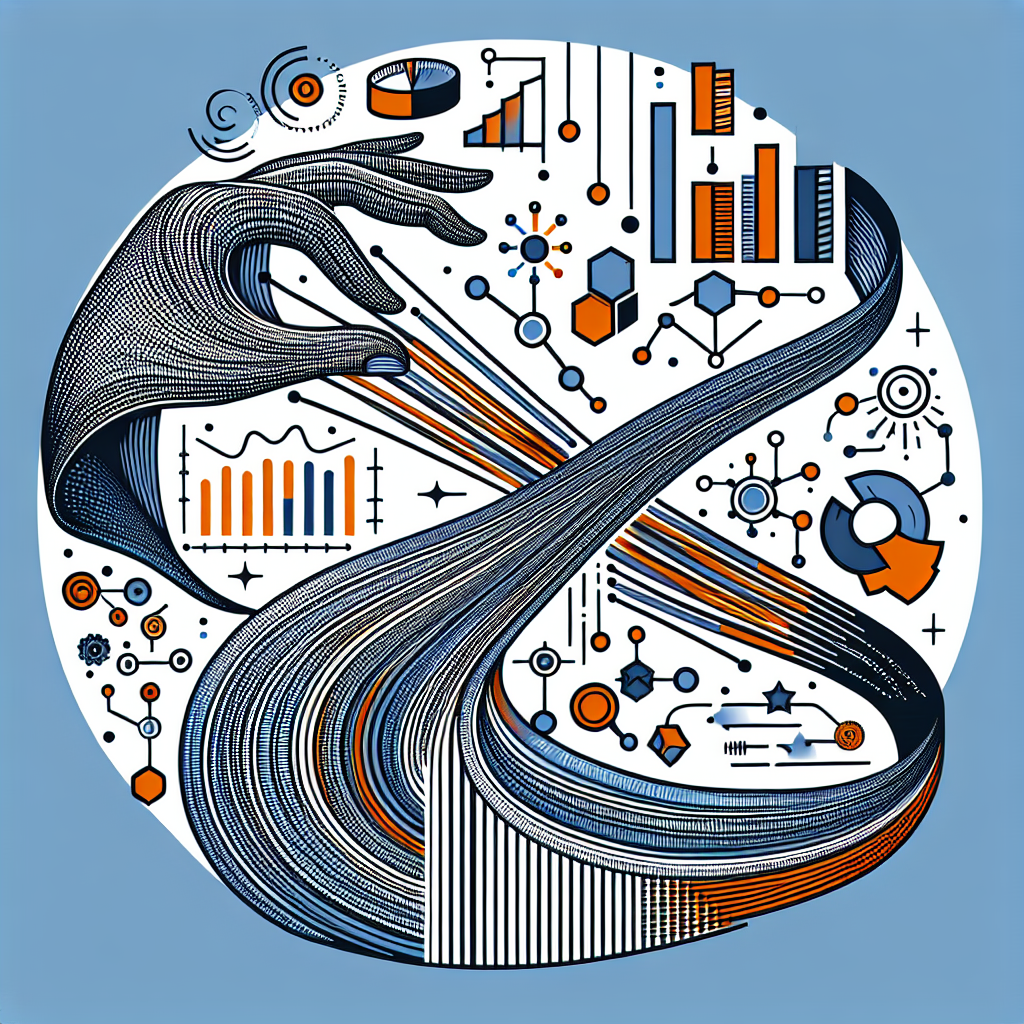Data Fabric: The Key to Seamless Data Integration and Analysis
In today’s fast-paced digital world, businesses are collecting and storing vast amounts of data from various sources. This data comes from customer interactions, sales transactions, social media, IoT devices, and more. The challenge for many organizations is how to make sense of all this data and use it to drive better decision-making and improve operations.
Data integration and analysis are essential components of any data-driven organization. However, many businesses struggle with siloed data, disparate systems, and complex data formats. This is where data fabric comes in as a solution to seamlessly integrate and analyze data across various platforms and sources.
Data fabric is a technology framework that enables organizations to connect different data sources, applications, and systems in a unified and coherent way. It provides a centralized platform for data management, allowing businesses to access, analyze, and share data in real-time. With data fabric, organizations can break down data silos, improve data quality, and gain a holistic view of their data assets.
One of the key benefits of data fabric is its ability to simplify data integration processes. By providing a single point of access to all data sources, data fabric eliminates the need for complex and time-consuming data integration projects. This allows businesses to quickly extract insights from their data and make informed decisions.
In addition, data fabric enables organizations to perform advanced analytics and machine learning on their data. By combining data from various sources, businesses can uncover hidden patterns, trends, and correlations that can drive innovation and growth. With data fabric, organizations can create personalized customer experiences, optimize operations, and identify new revenue opportunities.
Furthermore, data fabric enhances data governance and security. By centralizing data management, organizations can establish consistent data governance policies, enforce data security measures, and ensure compliance with regulations such as GDPR and CCPA. This helps businesses build trust with customers and partners and protect sensitive data from cyber threats.
In conclusion, data fabric is the key to seamless data integration and analysis for modern businesses. By breaking down data silos, simplifying data integration processes, and enabling advanced analytics, data fabric empowers organizations to harness the full potential of their data assets. As businesses continue to generate more data, data fabric will play a crucial role in driving innovation, improving decision-making, and staying competitive in the digital economy.


